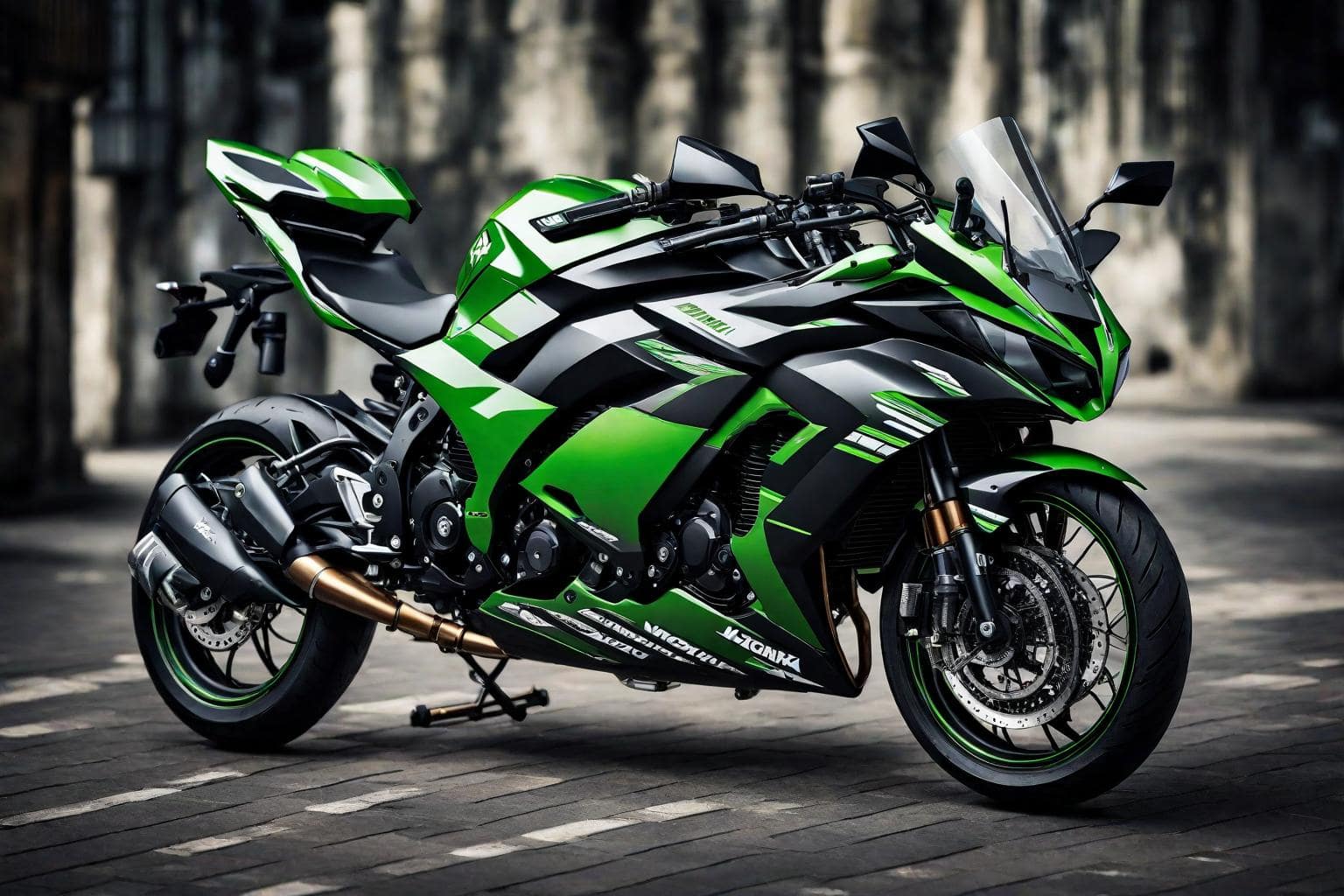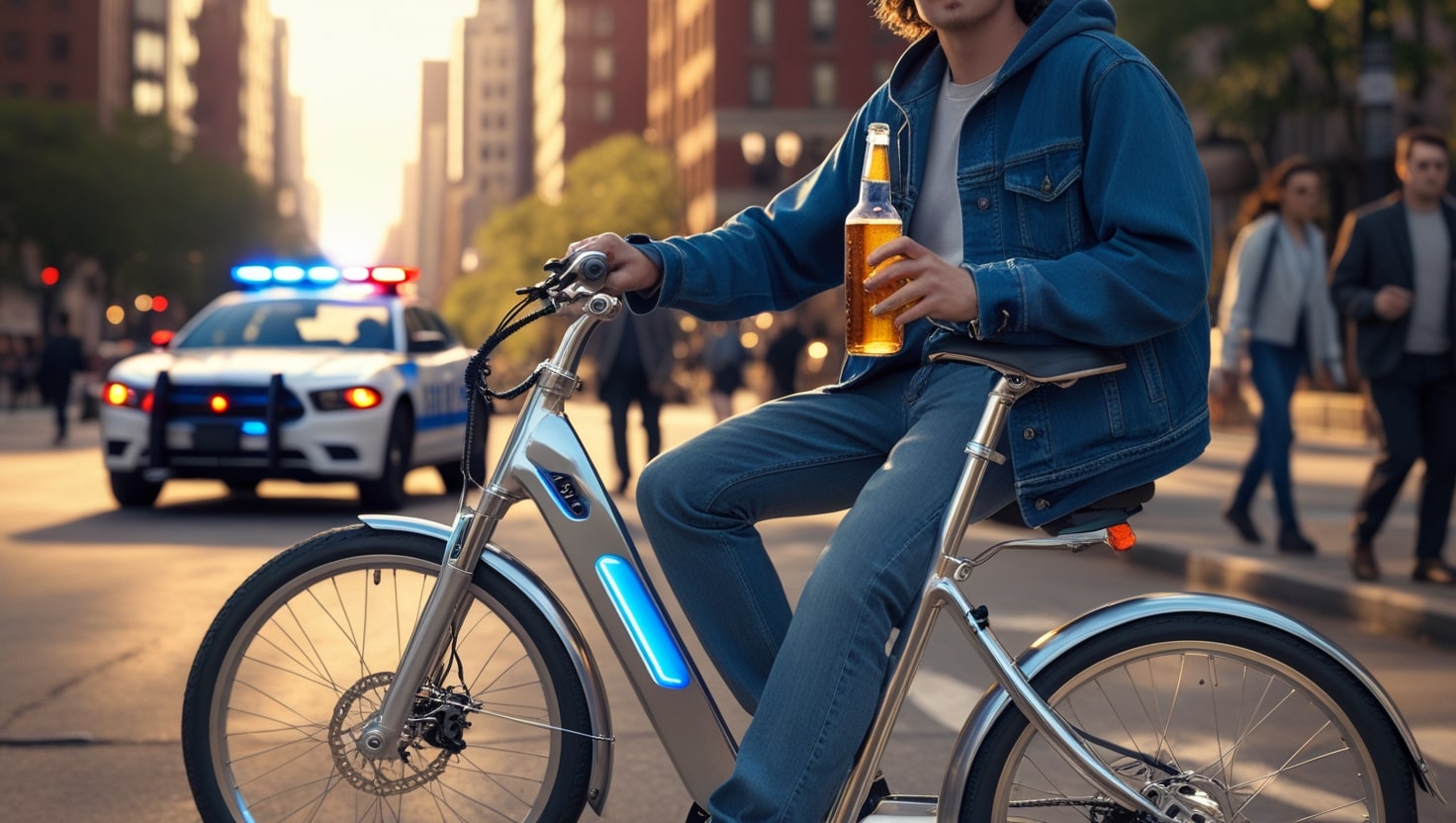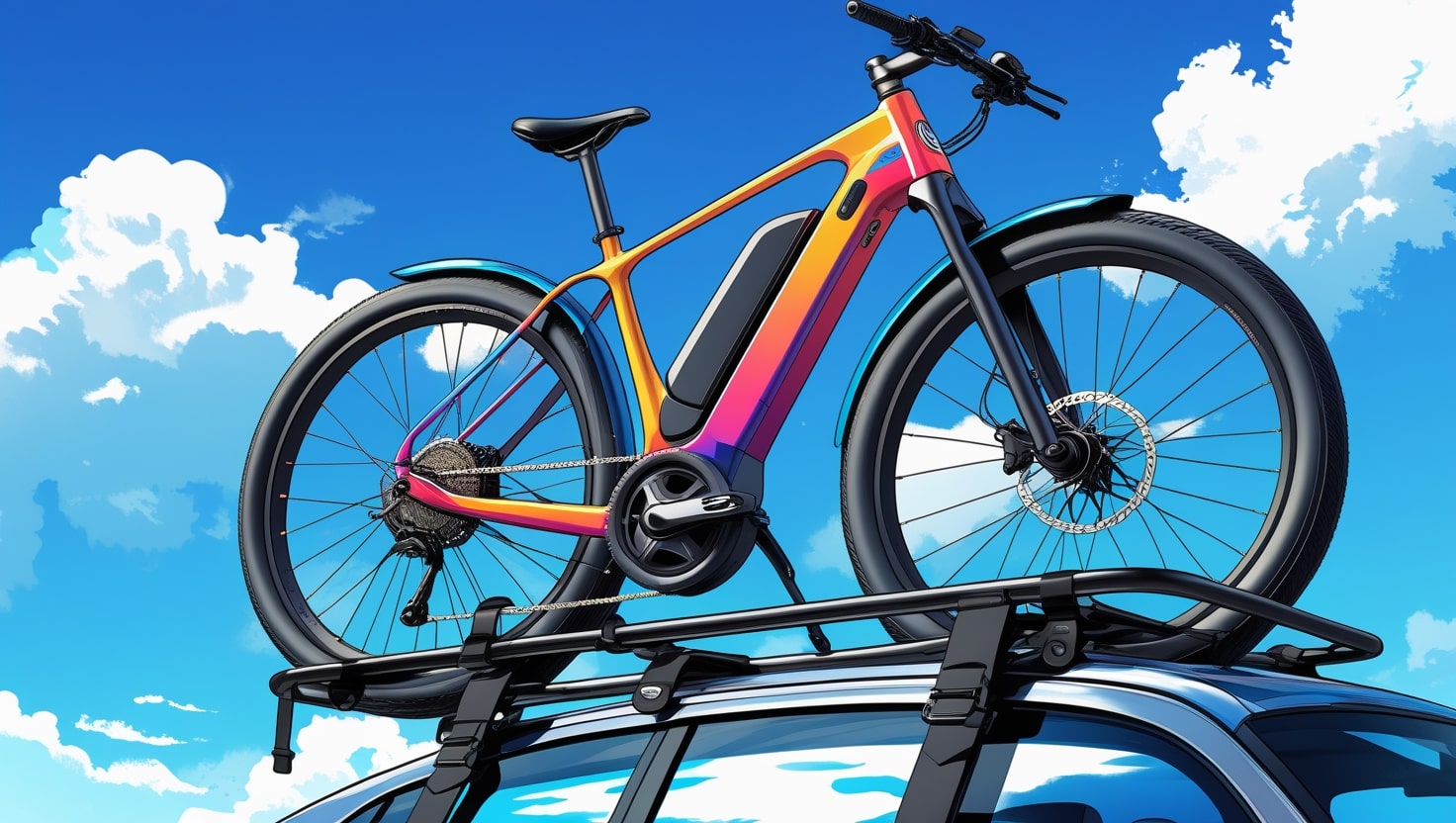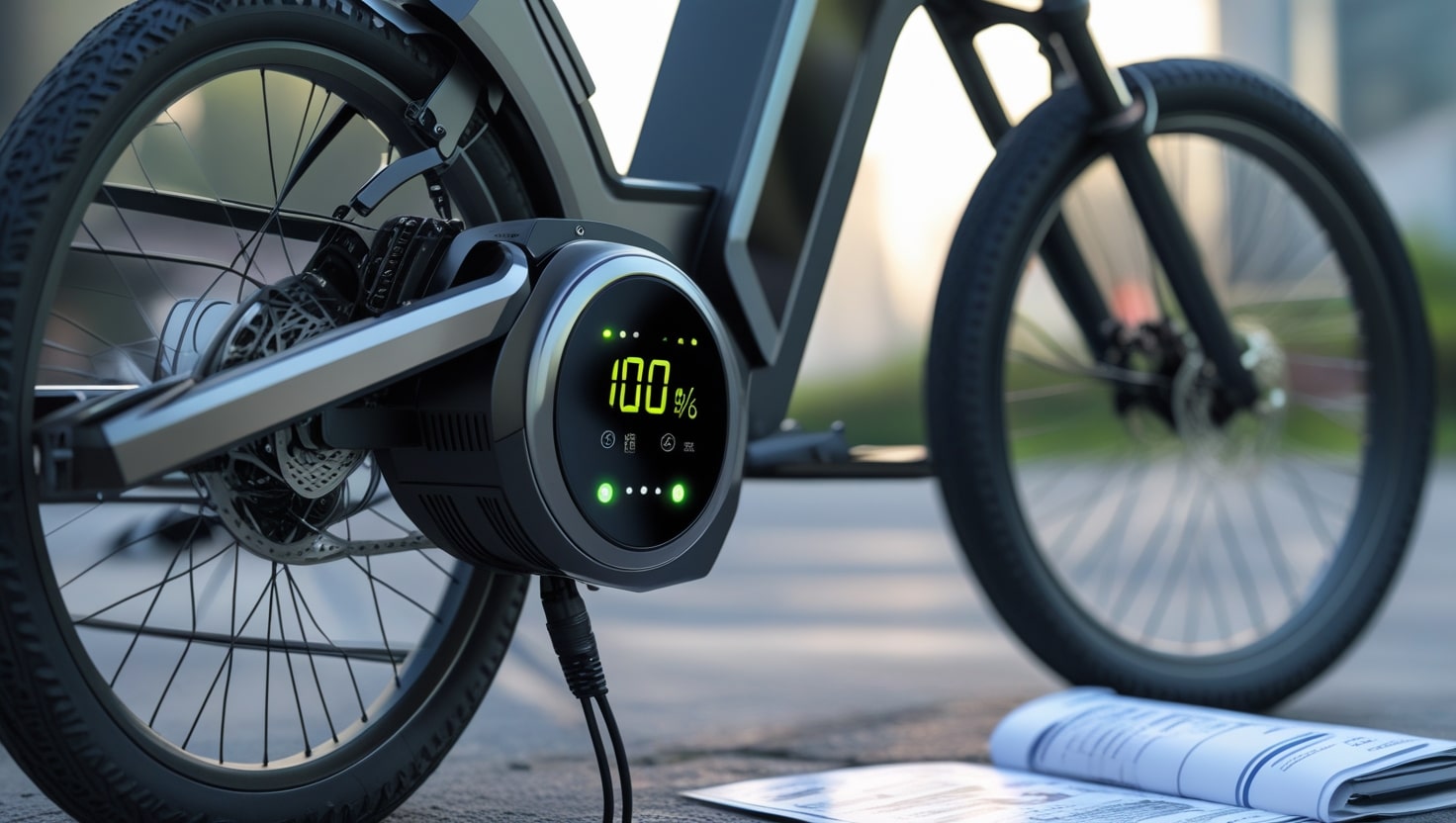When you’re looking for cheap motorcycles for beginners, the goal is clear: finding a bike that balances affordability and reliability. For new riders, it’s not just about price but also about feeling comfortable and confident on the road. The rule of thumb often suggests starting with a smaller motorcycle, typically under 500cc, which gives beginners the control they need without overwhelming power. Many starter motorcycles fall in the range of 150cc to 250cc, like the ones used during MSF courses. These test rides provide a good foundation, helping new riders build their skills without adding too much stress.
Different companies offer a wide variety of affordable motorcycles. However, it’s important to choose one with a good lifespan and easy access to parts for maintenance. Look for a reliable motorcycle that doesn’t break the bank, and that can serve you well over time. Whether you’re eyeing a super cheap option or something a bit higher up the price range, finding the right size motorcycle that you can handle will make all the difference. Building your confidence as a new rider with a well-balanced, reliable motorcycle is key to a successful riding experience.
Related: Where are KTM Motorcycles Made?
Top 19 Cheap Motorcycles for Beginners
BMW G 310 GS
The BMW G 310 GS offers a great entry into the world of adventure bikes without breaking the bank. Released in 2016, this entry-level enduro comes with a 313cc single-cylinder engine, which delivers 34 hp and 20 pound-feet of torque at 7,500 rpm. The liquid-cooled engine makes it powerful enough to handle long rides while staying budget-friendly, priced at just under $6,000. Many compare it to the Versys-X 300, but the G 310 stands out with its unique design and performance. For those who seek a reliable, lightweight bike for travel, this model offers excellent value, making it a perfect choice for new riders.
While the budget-friendliness of a BMW might seem suspect at first, the quality of the bike and lack of mechanical issues over time can actually save you money. The G 310 GS is built to last, and it’s perfect for those looking to join the tribe of BMW riders. Just be prepared to drive with confidence, knowing you’re on a bike that can handle the challenge.

Ducati Monster M600/M620
The Ducati Monster M600/M620 is an interesting option for those who aren’t afraid of a challenge. Introduced in 1995 and running through 2006, the M600 and M620 offer a mix of light weight (between 383 and 390 pounds) and decent power, with 53 hp in the earlier model and 57 hp in the later one. These bikes were carbureted initially, with the M620 upgrading to EFI. Both models are known for being air-cooled and potentially requiring some extra maintenance along the way, especially in keeping the belts and valves in check. For those new riders willing to spend a little time and labor on their bikes, the Monsters can be a rewarding project.
That being said, it’s important to know that while the Monster might seem budget-friendly at first, long-term maintenance intervals can become an issue, especially if previous owners didn’t stick to the schedule. Common problems include warped plastic fuel tanks from ethanol gas and desmo valve adjustments that may require a non-Ducati mechanic or a bit of DIY skill. However, for the mechanically curious and novice riders who don’t mind tackling a few issues, these bikes provide an excellent way to get started on street bikes with a unique feel and performance.
Related: How Many Miles Do Motorcycles Last?

Harley-Davidson Sportster XL883
The Harley-Davidson Sportster XL883 is a solid option for those who are set on owning a Harley as their first motorcycle. Known for its torque, this budget-friendly bike offers a lot of power without feeling dangerous. With its 560-plus pounds and a 25-inch ultralow seat, it’s easier to handle than you might think. The frame was redesigned in 2004, along with rubber mounting to reduce vibration, and by 2006-07, the addition of fuel injection improved the ride quality even more. In 2014, ABS brakes and upgraded instruments like the Speedos became available, giving it a more modern feel.
Though you might pay more upfront for a Sportster, the engines are often described as bulletproof, meaning fewer mechanical worries in the long run. The stock trim leaves room for plenty of upgrades and customization, but it’s important to keep an eye out for any questionable mods unless they’ve been handled by a reputable dealer.
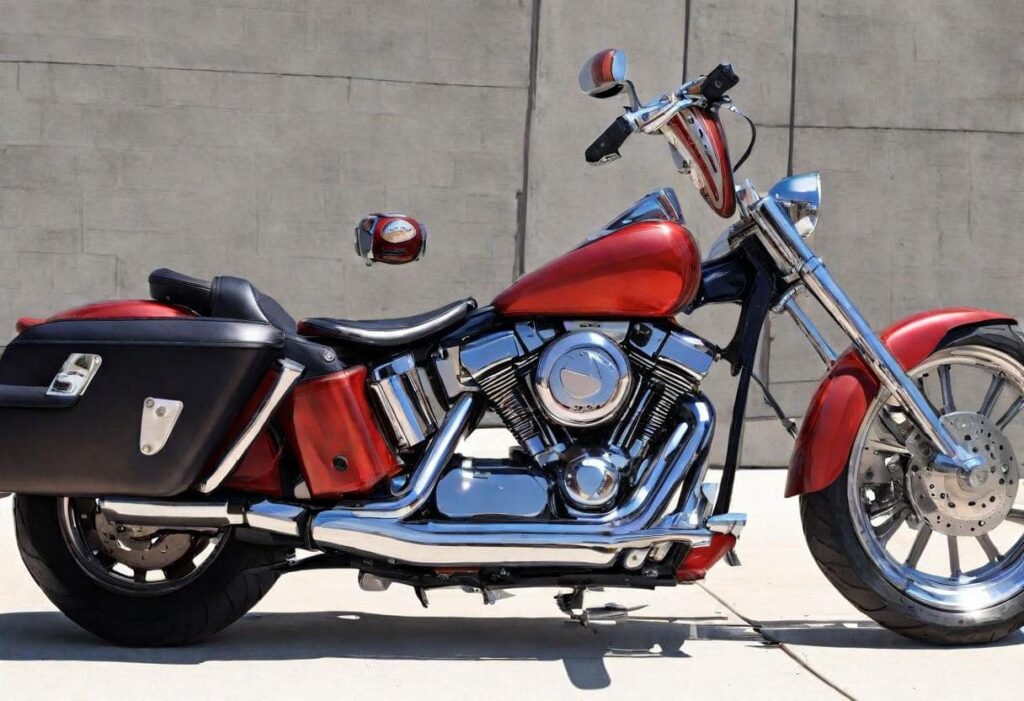
Honda Rebel 250/300
The Honda Rebel 250/300 has been a trusted choice for beginners since 1985. This beginner bike is often used in MSF courses due to its reliability and low-maintenance nature. The classic Rebel offers a lightweight design, making it perfect for those looking for freedom on two wheels without worrying about excessive horsepower. The original 234cc air-cooled twin engine provided just enough power for a smooth ride, but with the 2017 redesign, the Rebel evolved into something even better.
The new model features a 286cc liquid-cooled single engine, housed in a trellis frame, which adds to its modern appeal. The 27.2-inch seat height makes it easy to handle for beginners, and the new-gen Rebels have maintained their value while still being inexpensive compared to other bikes. Whether you’re riding a naked or mini-cruiser, the Rebel is an ideal option for anyone starting their motorcycle journey. With its reimagined look and trusted performance, it’s a great first bike for any rider.
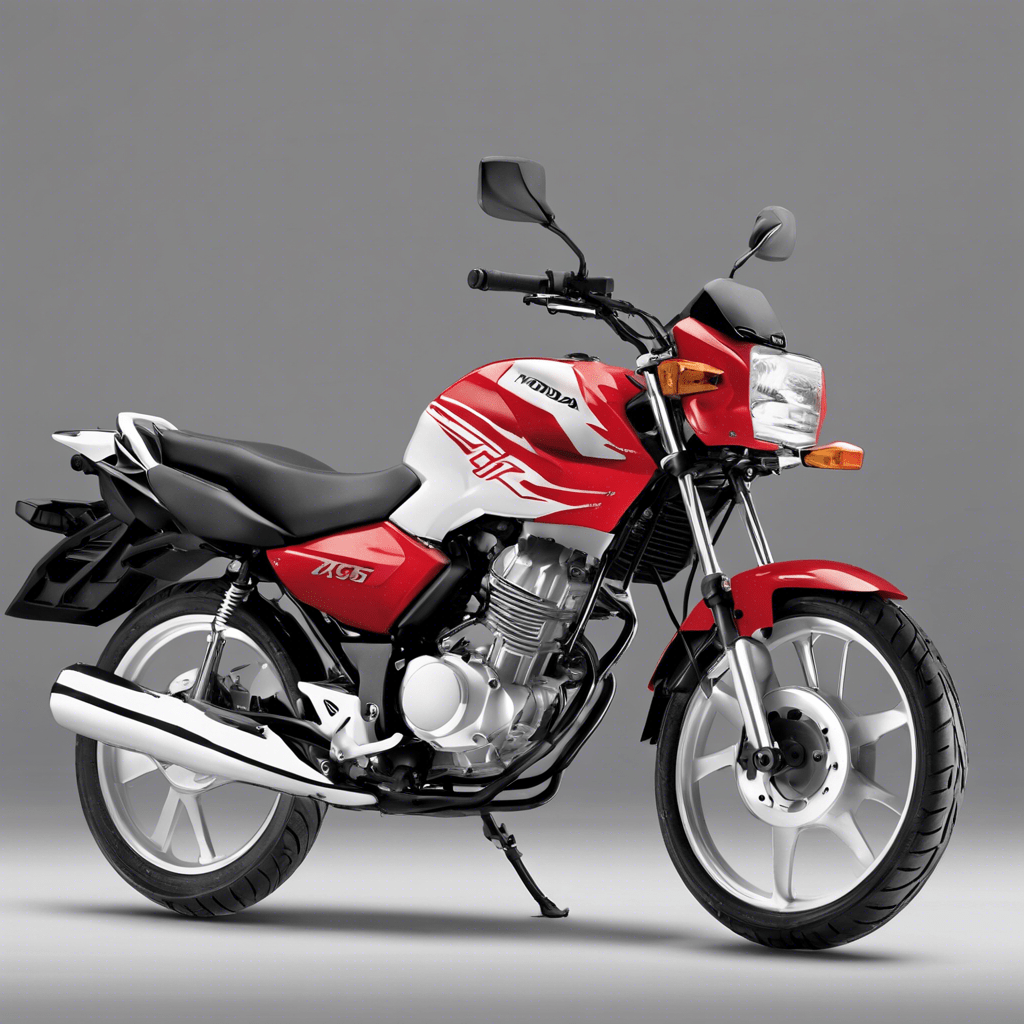
Honda CBR250/300 Class
The Honda CBR250/300 Class offers a great mix of power and control for beginners. Introduced in 2011 as the CBR250, with the CBR300 following in 2013, both models feature a liquid-cooled single-cylinder engine producing between 22 hp and 30-plus hp. Designed with older sibling-inspired fairings from the VFR1200F and CBR1000RR, these bikes deliver not only style but also excellent gas mileage. With upright bars and well-placed pegs, new riders can guide these “ponies” with ease, enjoying the bike’s flickable fun while staying confident on the road.
These Honda models have been on the market for over 11 years, so finding one at a reasonable price shouldn’t be hard. Whether you prefer the influence of the Kawasaki Ninja 300 or the cognitive ease of riding a no-brainer bike like this, the CBR250/300 is a solid choice for anyone just starting out.
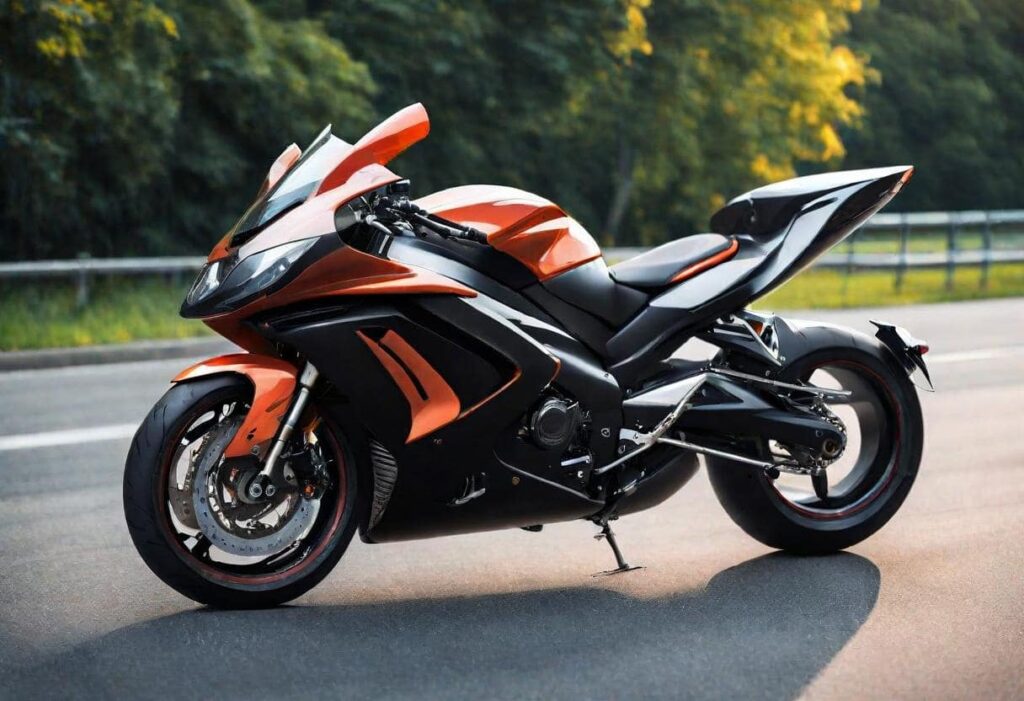
Kawasaki Versys-X 300
The Kawasaki Versys-X 300 is a great choice for beginners who want a bike that can handle both road and dirt. Released in 2017, this bike has a 32.3-inch seat height, making it comfortable for new riders. It comes with a 296cc DOHC liquid-cooled twin engine, which is the smallest in its class but still provides enough power for fun on smaller single tracks and off-road adventures. The Versys-X 300 is known for its budget-friendly price, and if you’re looking for a used model, you might find some with extras like saddlebags, a 30-liter top case, or even hand guards and auxiliary lights.
Since ABS became standard in 2021, the Versys-X 300 is even safer to ride. Its smaller size does mean that planning is needed for highway passing, but it more than makes up for it with its versatility and ability to handle different terrains. With plenty of used examples available, and at lower price points, this bike leaves room in your budget for travel and additional add-ons to make your adventures even better.
Related: How to Get a Title for a Dirt Bike
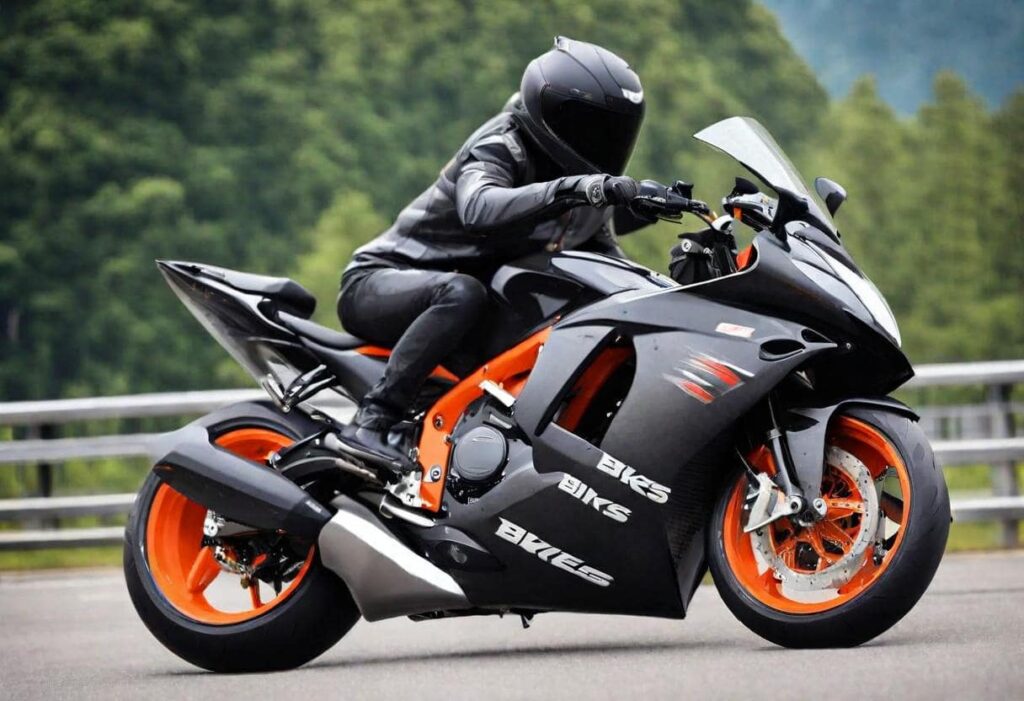
Kawasaki Ninja 250/300/400
The Kawasaki Ninja 250/300/400 is a popular choice for beginner riders. Over the years, this motorcycle has grown from the smallest version at 249cc to the 296cc model, which was available between 2013 and 2017. By 2018, Kawasaki introduced the more powerful 399cc engine. The Ninja is known for being easy to ride, making it a staple in any beginner motorcycle list. With different models available, it’s easier to find one that suits your needs, but be prepared for some comparisons between the different versions.
Kawasaki has sold tons of these bikes, so finding a plentiful supply of examples is likely. However, don’t expect to find them at bargain prices, especially for newer models. If you’re considering an older 20-plus year range model, be cautious of problem-solving and wrenching needs, as some of the middle-aged bikes may require extra care. Overall, the Ninja series offers great options for those entering the world of motorcycles.
Related: How Heavy is a Motorcycle?

KTM 390 Series
The KTM 390 Series is a great choice for beginner riders who want a bike with performance and style. Released in the US market with the RC 390 in 2014 and the Duke 390 in 2015, these bikes are known for their lightweight build, with the RC 390 at 324 pounds and the Duke 390 at 306 pounds. The bikes are powered by a 373cc DOHC single-cylinder liquid-cooled powerplant that produces around 44 hp. The power-to-weight ratios of these models make them a fun and manageable option for new riders, and ABS comes as standard, providing extra safety regardless of the year.
For those with track ambitions, KTM offers a large catalog of track-ready add-ons that enhance the bike’s already impressive handling and flickability. Whether you’re a novice rider or someone with a tight budget, the KTM 390 Series provides an exciting start for your motorcycle journey. Its composure on the track and nimble feel make it an excellent choice for those interested in trackdays while still being practical for daily use. With the starter in hand, you’re ready to experience the thrill of the ride.
Related: Can You Lease a Motorcycle?
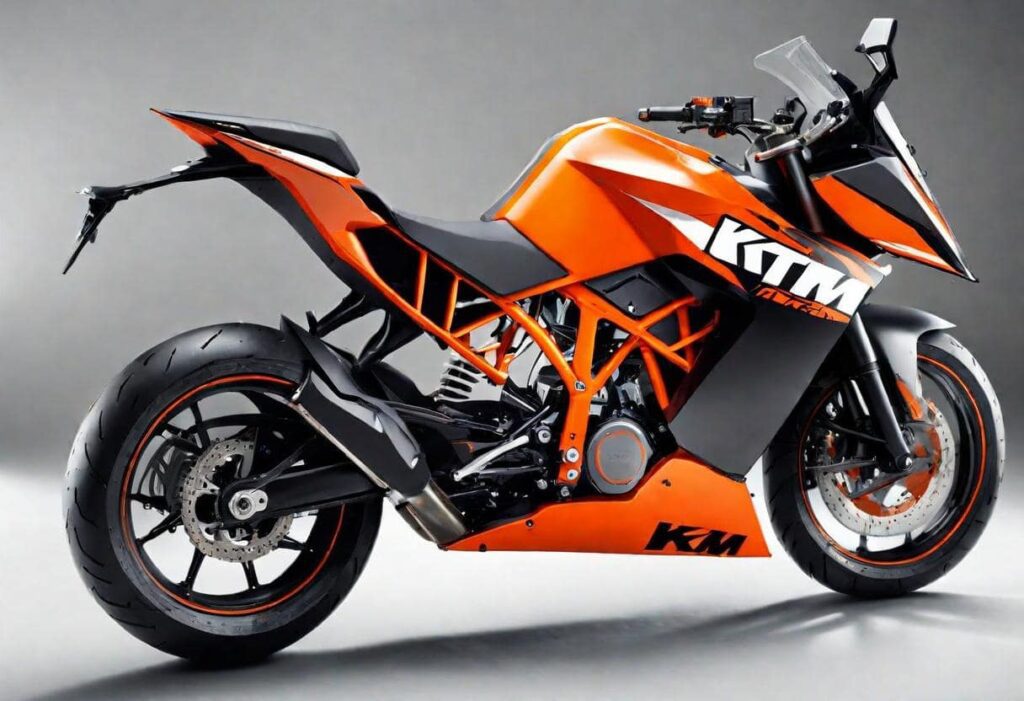
Royal Enfield 2013-on
The Royal Enfield 2013-on series offers great midsize and smaller motorcycles that are perfect for beginners. Known for their simplicity and fun, these bikes bring a sense of adventure to riders. The Himalayan, for example, is a well-loved adventure bike with a 411cc one-cylinder engine, weighing in at 438 pounds and priced at a reasonable $4,999 MSRP. For those looking for a more budget-friendly option, pre-owned models are available as well. Whether you want a classic cafe style or something designed for the open road, Royal Enfield delivers.
If you’re not into the adventure scene, the Meteor is a smooth cruiser, and if you prefer a twin engine, check out the Continental GT or the INT650. With 47 hp, these bikes have enough power to be thrilling but not overwhelming, offering good handling and brakes to keep you out of trouble. The only downside might be the small dealer network, with only 90 dealers in the U.S.A., but Royal Enfield North America, based in Milwaukee, has been growing steadily over the last three years, making these bikes more accessible.
Related: Best Backpacks for Motorcycle
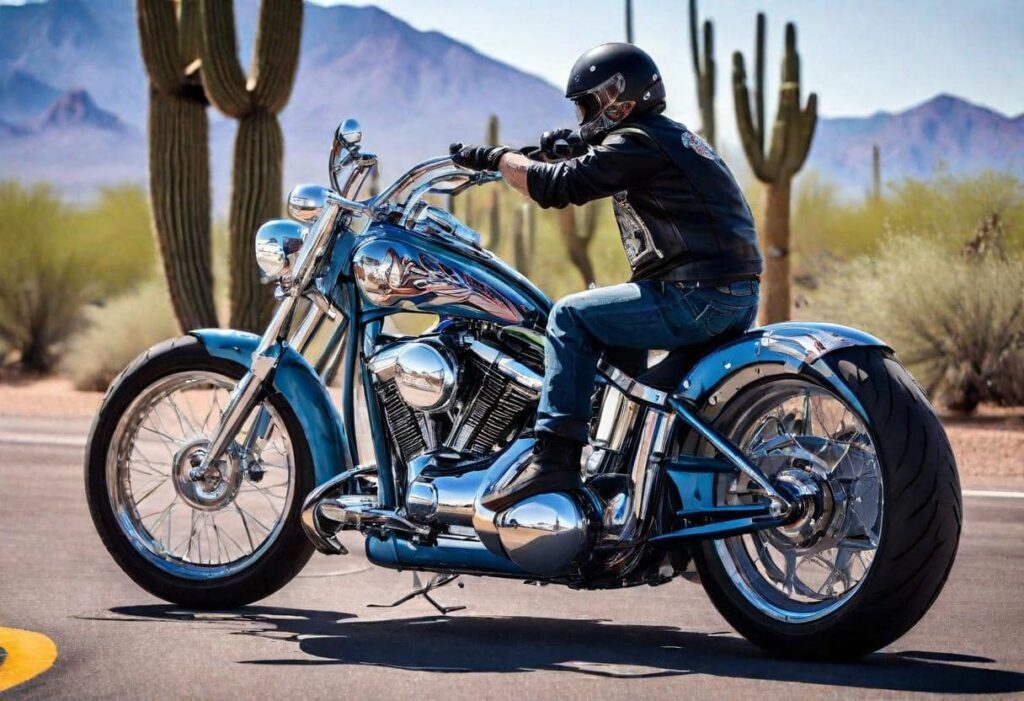
Suzuki Boulevard S40
The Suzuki Boulevard S40 is a great option for beginning riders who want a budget-friendly and reliable bike. Originally known as the Savage, this metric cruiser keeps things simple with a one cylinder engine and 652cc displacement. Weighing in at 381 pounds wet, the bike offers 31 hp, which may seem moderate, but it’s torque-friendly, providing plenty of usable power for the city. The bike hits 60 mph at around 4,000 rpm, making it perfect for casual rides without feeling underpowered.
With a 28-inch seat height, the Boulevard S40 is accessible for most riders, and its reputation as a legit choice for beginners is well-deserved. While current motorcycles like the KTM 690 Duke or Suzuki DR650SE might have bigger engines, the Boulevard finds the sweet spot for a first motorcycle. Plus, after the seven-to-eight year mark, they become even more budget-friendly, offering a solid, reliable ride that’s easy to maintain.
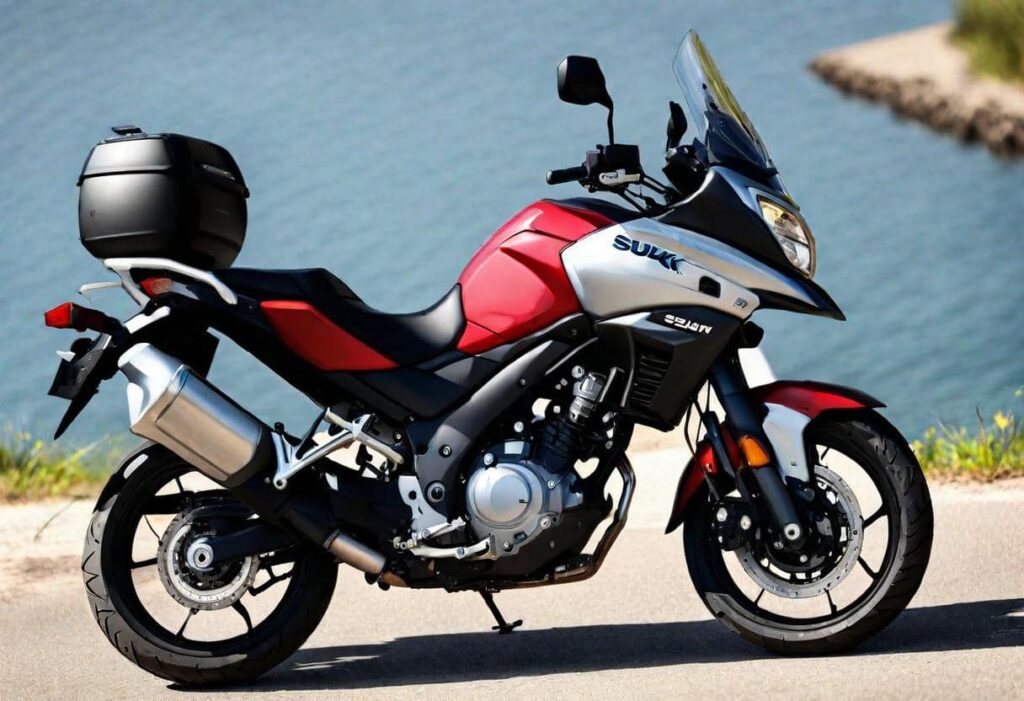
Suzuki SV650
The Suzuki SV650 is one of the most popular choices for beginner riders looking for an entry-level naked bike. First introduced in 1999, the SV650 quickly gained popularity due to its inexpensive price and reliable performance. With its 90-degree V-twin engine producing around 64 hp to 73 hp, it offers a thrilling yet manageable ride. Weighing just 417 pounds dry, it’s often considered a poor man’s Ducati, giving riders a taste of sport riding without breaking the bank. The SV650S, a faired version, became so popular in Europe and Canada that it was soon imported by enthusiasts in search of a sportier look.
Over the last twenty-plus years, the SV650 has remained a staple on the track and in the streets. In 2003, it received fuel injection, and in 2017, a major redesign introduced a steel trellis frame, further improving its handling. While prices are reasonable, be cautious when buying track bikes that may have seen heavy abuse from inexperienced riders. Despite being a bit advanced for some smaller riders, the freedom and excitement it offers make it worth considering for anyone ready to take on more responsibility on the road.
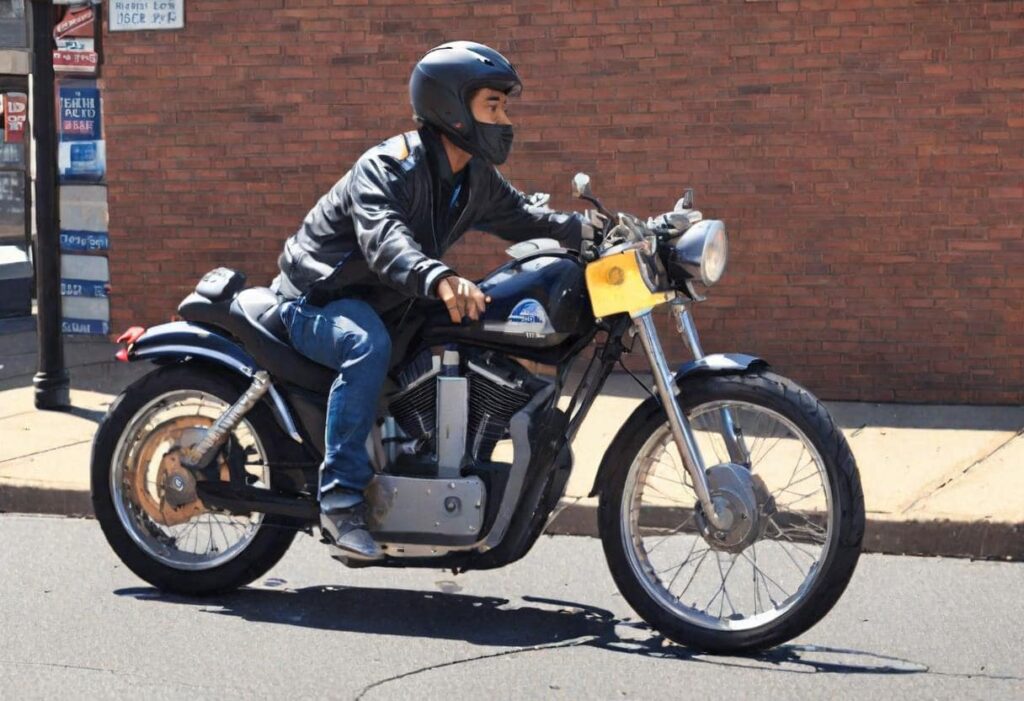
Suzuki TU250X
The Suzuki TU250X is a great bike for both beginners and seasoned riders. Inspired by the 1969-72 Suzuki T250, the TU250X keeps its minimalistic design while being easy on maintenance and upkeep. Imported to the US from 2009-2019, this bike has a single 249cc cylinder that runs on electronic fuel injection and uses an air induction system called PAIR. Riders will appreciate the smooth performance, with fuel efficiency reaching the high 60s and 70s in mpg. It also starts cold with an electric starter, making it a hassle-free ride.
With a wheelbase of 54.1 inches, it handles well on the highway, navigating highway grooves easily. The TU250X offers great riding enjoyment for its size, using the “fun-per-cc” metric that many riders love. However, due to emissions standards, it was never available in California, which is a bit of a downside for some. Overall, this bike is a solid choice for anyone looking for a fun, reliable, and budget-friendly option.
Related: How Often Oil Change for Motorcycle

Yamaha YZF-R3
The Yamaha YZF-R3 is a fantastic option for any first-time buyer looking to get into entry-level sportbikes. Introduced in 2015, it quickly became a popular choice, even overtaking the Kawasaki Ninja 300. With a 36 hp engine, it offers just the right amount of power for a beginner to master before considering anything with 50-plus hp. The 321cc parallel-twin engine is smooth and responsive, and the bike’s low 30.7-inch seat height makes it easy to handle. Whether you’re navigating city streets or taking it for a weekend ride, the YZF-R3 is all about fun.
In 2017, ABS became an option, and by 2021, it was made standard, adding extra safety for new riders. The bike has been a huge hit, with used models being plentiful. However, with prices of used motorcycles skyrocketing, the new $5,299 price tag on the Yamaha YZF-R3 is still very reasonable. Whether you’re buying new or used, this motorcycle offers incredible value at its price point, making it a top choice for beginner riders.
Related: Best Road Cycling Sunglasses
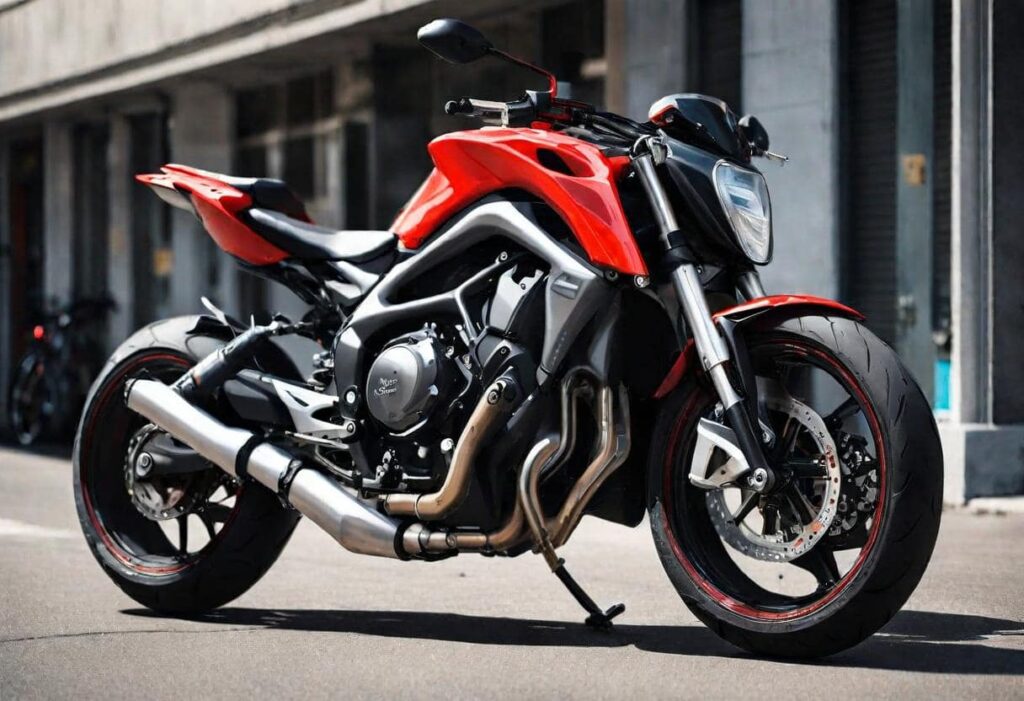
Yamaha MT-03
The Yamaha MT-03 has a unique history. Originally launched between 2006 and 2014 as a 660cc single-cylinder hooligan streetfighter, it wasn’t the best option for a first motorcycle. However, in 2016, Yamaha reintroduced the MT-03 with a more beginner-friendly 321cc DOHC liquid-cooled twin-cylinder motor, the same engine found in the popular R3. Its modern, angular design might feel a bit polarizing to some, but it’s a bike built for the urban rider with upright, aggressive ergonomics that work perfectly in the city.
This MT-03 offers a fantastic experience for new riders, combining style and practicality. It’s designed to be just as exciting as comparable bikes like the Ninja 300 or new-gen Rebels, but at more reasonable prices. With its lightweight build and excellent ride quality, it’s an ideal option for navigating city environs while looking great on the road.
Honda Grom
The Honda Grom, introduced in 2014, quickly carved out its own niche thanks to its excellent handling, affordability, and unique design. With recent updates focused on improving engine performance, fuel efficiency, and maintenance, the Grom remains a top choice for beginners. Its compact size makes it perfect for navigating busy city streets, and its playful appearance adds to its undeniable charm. Priced at just $3,599, the Grom offers great value with plenty of customization options and a fun, approachable ride that fosters connections among riders and onlookers alike.
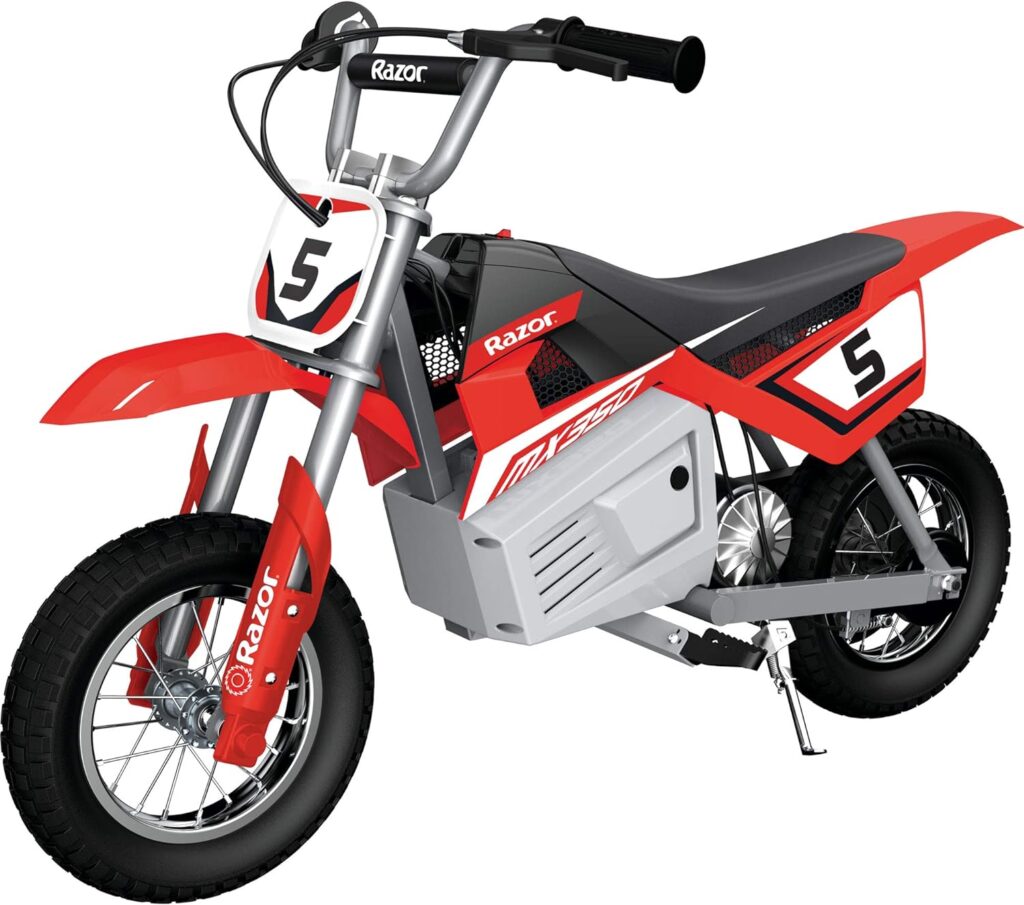
SUZUKI GSX250R ABS
The Suzuki GSX250R ABS is an excellent choice for beginners looking to enter the world of sportbikes. Released in 2024, this model offers a perfect balance of excitement and functionality at a cost-effective price. With its sleek, aggressive looks and a 248cc parallel-twin engine delivering 25 horsepower, it’s designed to provide enough power for novice riders while remaining easy to control. Its low seat height, narrow frame, and light weight make it an ideal motorcycle for building confidence in sport riding.
The GSX250R ABS also includes practical features such as an anti-lock braking system (ABS), ten-spoke aluminum wheels, and a finely tuned KYB fork for smoother handling. With a fuel-efficient engine, this bike ensures long rides with fewer stops at the pump, making it both exhilarating and economical. Priced at $5,099, it’s a great entry point for those who want a reliable and stylish bike.
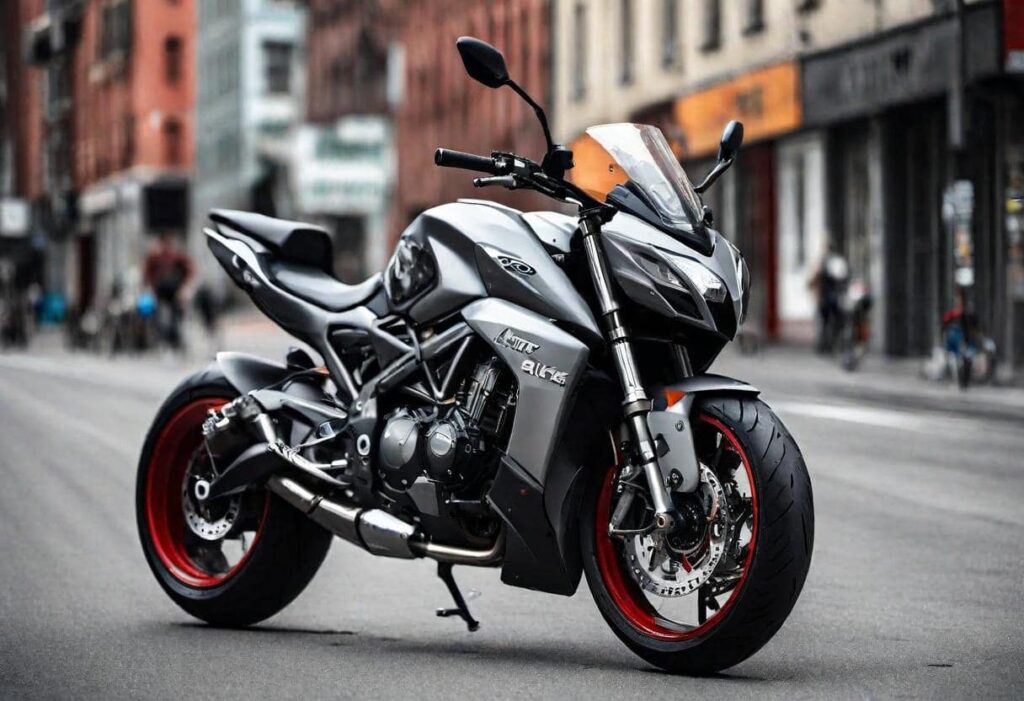
Husqvarna Svartpilen 401
The Husqvarna Svartpilen 401 is an excellent choice for new riders looking for a motorcycle that blends style, agility, and modern features. Powered by a 373cc single-cylinder engine, it offers just the right amount of power for an exhilarating ride without being too overwhelming for newcomers. Its lightweight and nimble chassis make it perfect for urban environments, ensuring easy handling. The design stands out with a distinctive look that combines modern elements and classic aesthetics, appealing to a broad audience.
Key features like electronic fuel injection, a ride-by-wire system, and advanced ABS brakes contribute to a smoother and safer riding experience. This bike is not only rider-friendly but also incredibly enjoyable for those starting their motorcycling journey. At $5,899, the Svartpilen 401 offers great performance and a stylish ride that’s built for agility in the city.
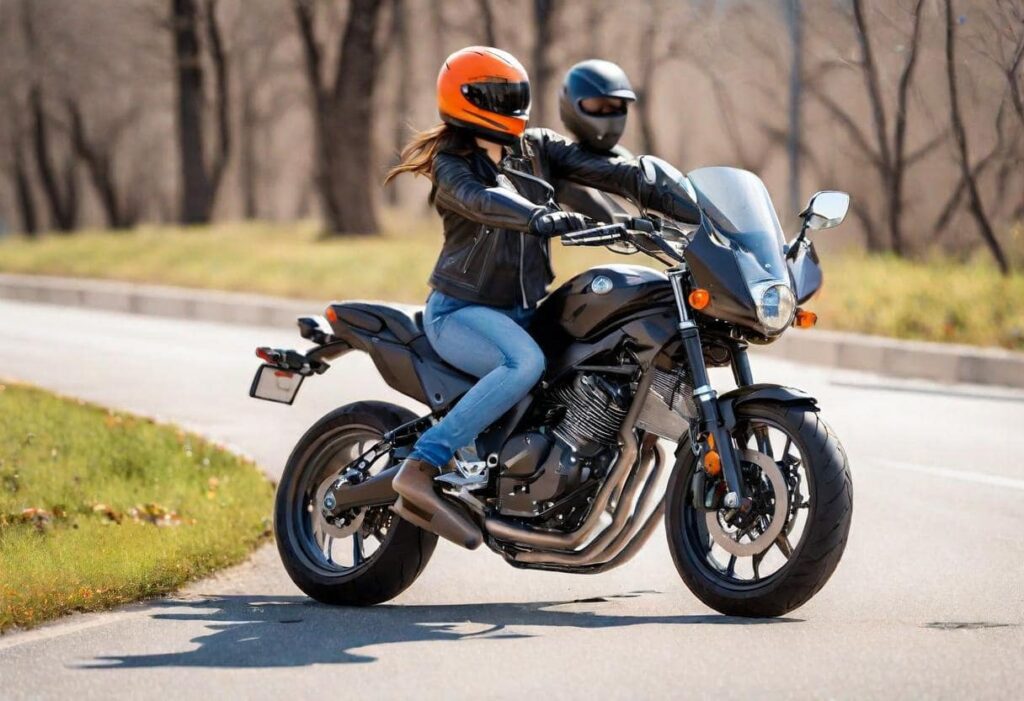
Honda Navi
The Honda Navi is a great entry point for beginners stepping into the world of motorcycling. With its automatic transmission and a modest 109 cc engine, it removes the challenge of manual shifting, making it less intimidating for new riders. Despite its scooter-like appearance, the Navi maintains a true motorcycle feel with its proper seating position and motorcycling posture, ensuring control and comfort through city streets. Its low weight and short wheelbase add to its agility, allowing it to maneuver easily in urban environments.
The Honda Navi is both fun and cost-effective, perfect for those looking for a simple, fuel-efficient mode of transportation. Its ease of use and ability to weave through traffic make it an ideal urban commuter. Without a clutch lever or shifter, it offers a smooth riding experience and serves as a perfect gateway bike to the world of two wheels. At only $1,807, it’s an affordable way to turn everyday excursions into enjoyable rides.
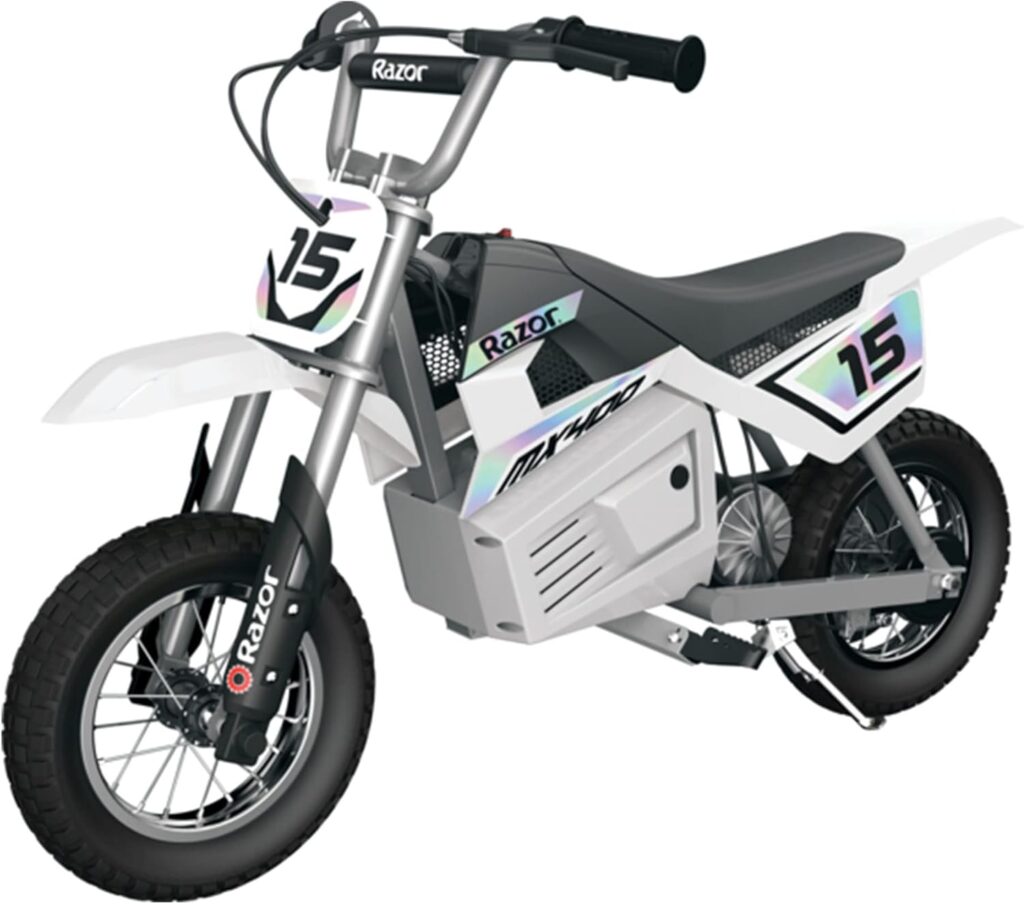
Benelli TNT 135
The Benelli TNT 135 is a true game-changer when it comes to affordable and fun riding. This lightweight, compact bike combines Italian style with advanced technology, making it a great choice for new riders. Its 135cc engine with air/oil cooling and a 4-valve design delivers excellent performance, while the Italian steel trellis frame ensures precise handling and comfort. The bike’s 12″ wheels with sticky tires offer superb maneuverability and stopping power, making it a reliable option for any rider.
With an ergonomic design, the TNT 135 fits a wide range of riders, featuring both analogue and digital displays for ease of use. LED lighting technology keeps the road well-lit, and its sleek Italian bodywork adds to its appeal. The frame and suspension provide a confident and enjoyable ride, delivering the right amount of excitement without breaking the bank at just $2,699.
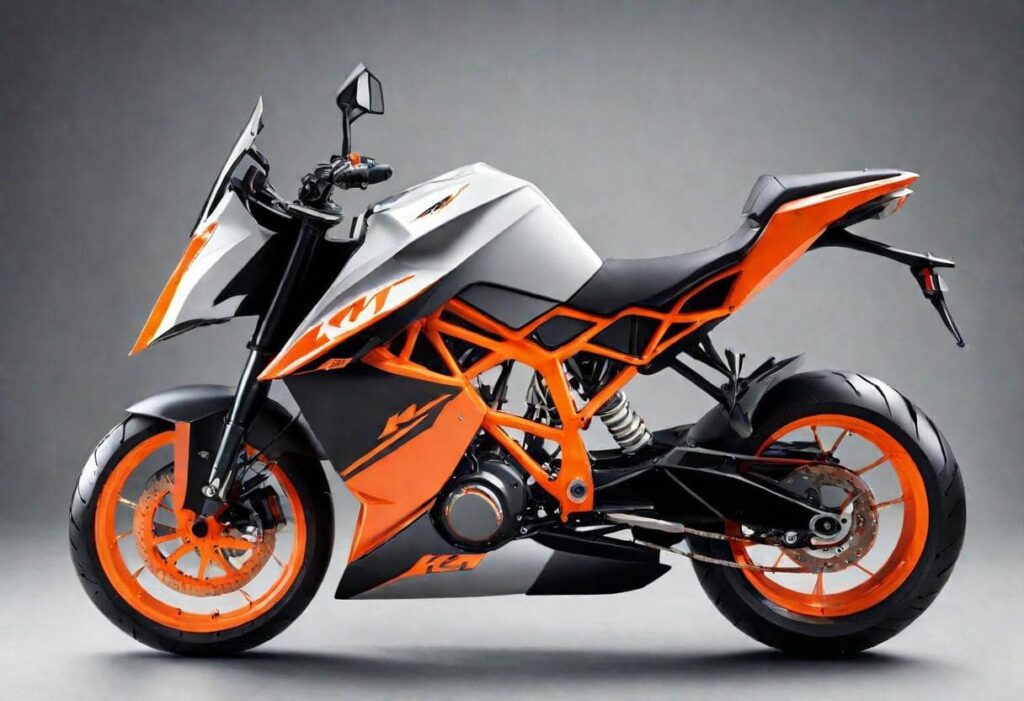
Finding the Right Affordable Starter Bike
When choosing a beginner motorcycle, it’s important to find the right balance between affordability and reliability to ensure a great riding experience. Bikes like the Honda Navi and Benelli TNT 135 offer plenty of urban agility and even a touch of Italian charm. Priced between $1,807 and $5,899, these motorcycles provide novice riders with a solid foundation to build their riding skills and confidence. While your first motorcycle may not be your dream bike, it serves as the perfect choice for countless adventures on the open road without breaking the bank.

